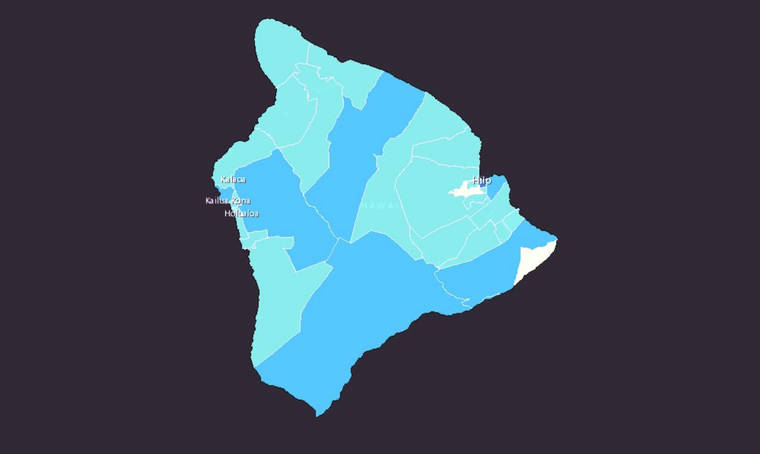Preparing for the 2020 census: People will be able to fill out their forms online for the first time
For the first time, the nation’s population will be invited to fill out and return their census forms online.
But challenges remain in making sure every person in every community, in every state, is counted accurately, Census Bureau representatives told the County Council earlier this week.
ADVERTISING
The bureau is soliciting early support for the 2020 census by enlisting local governments, community leaders and “Complete Count Committees” of trusted voices to develop and implement an awareness campaign targeted to ethnic and racial groups and other under-counted individuals.
Getting an accurate count from what can be a skeptical public is essential in drawing political boundaries for local governments, allocating congressional representatives and electoral votes and distributing money for everything from school lunches to senior housing projects.
That was worth about $3 billion in federal funds coming to Hawaii in 2016, said Annie Sokol, a Census Bureau specialist stationed in Honolulu, quoting from a George Washington University study.
“Our goal is to count everyone once, only once, and in the right place. It is an inclusive process,” Sokol said. “Everyone benefits from getting our fair share of federal funding.”
The census is required in the U.S. Constitution; the population has been counted every 10 years since 1790.
April 1, 2020, is dubbed Census Day. But there’s a lot of activity before that, Sokol said. Currently, workers are being solicited and trained, committees are being organized and field offices are being opened. Advertising and promotion campaigns begin in January.
From March 12-20, every household will receive a notice by U.S. mail inviting them to complete the census online. Some households, especially those in areas less likely to have strong internet connections, will also receive the printed census questionnaire. Those who haven’t responded by April 8 will be mailed a questionnaire and census workers follow up in person in May with those who haven’t responded.
The bureau has created maps showing the regions most likely to not participate in the 2020 headcount, based on previous census counts and population characteristics. In the Big Island’s case, the areas of predicted lowest response rate stretch across most of the Puna and Ka‘u districts as well as census tracts running down the center of the island and west into mauka Kona.
Areas of racial and ethnic minorities, LGBT people, homeless individuals, lower income populations, people who don’t speak English fluently, undocumented immigrants, children under 5, tribal members and rural communities are factors leading to under-counts, Sokol said.
Council members on Monday, meeting as the Committee on Governmental Relations and Economic Development, questioned how the more reclusive residents in their districts will be counted.
“Someone had mentioned that the off-grid population is not being counted,” said South Kona/Ka‘u Councilwoman Maile David. “I know in my district, there’s a lot of off-grid people who aren’t counted.”
Puna Councilwoman Ashley Kierkiewicz asked that promotional materials be provided as soon as possible so council members could serve as “census ambassadors,” getting the word out to their constituents.
“Those off-grid don’t get mail delivery,” Kierkiewicz said, “and we want to make sure they get counted because we need those federal dollars.”
Skepticism about how confidential census returns are continues to plague the bureau, which emphasizes on its website and in promotional materials that confidentiality is protected by law.
Questions of trust have been posed more often recently, with the controversy over President Donald Trump’s efforts to include a citizenship question on the 2020 census. Trump on Thursday said he was abandoning that demand, instead directing federal agencies to try to compile the information using existing databases, according to The Associated Press.
The bureau emphasizes it publishes only aggregated data.
“All staff working with confidential information at the Census Bureau take a lifetime oath to protect the privacy and confidentiality of respondent information. Unlawful disclosure is a federal crime punishable by a $250,000 fine or five years in prison, or both,” Ron S. Jarmin, deputy director and chief operating officer, said in a May 7, 2018, statement.
“At the Census Bureau, we know that our commitment must go beyond the law,” Jarmin said.
“We understand that our success depends on the willing participation of households and business who respond to our many censuses and surveys, and on the many federal, state and local government agencies and private sector organizations that provide administrative data.”
Email Nancy Cook Lauer at ncook-lauer@westhawaiitoday.com.


